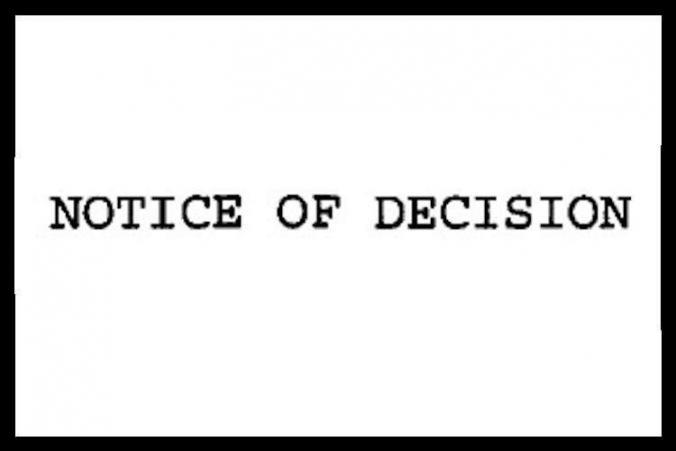Did you know that you can apply for a change of circumstance to increase your wage rate under your workers’ compensation claim in Washington State? When you do, they have to redo your L&I time loss calculation. The same applies with loss of earning payments. In short, if you’re getting time-loss compensation from L&I, or Loss of Earning Power checks, it can help increase your payments.
Calculating wages for L&I time-loss and wage benefits in your claim
People that have a workers’ compensation claim for a work injury typically receive L&I claim benefits such as time-loss compensation benefits (TLC) or loss of earning power benefits (LEP). This fact applies to people with an L&I claim that are administered by the Department of Labor and Industries (L&I). And, it also holds true for people that have a workers’ compensation claim with a self-insured employer, which is administered by a third-party administrator (TPA). In short, we refer to these benefits as wage replacement benefits, because they compensate the work injury claimant for lost wages while he or she are trying to recover from their workplace injury.
The entity that administers the claim (L&I or the TPA) must be able to determine the appropriate monthly wages. This is required in order to pay the correct amount for wage replacement benefits. According to RCW 51.08.178, monthly wages includes the injured worker’s hourly rate (or salary) at their normal work pattern at the time of injury. It must also include board, housing, fuel or other consideration of a similar nature. For example:
1) Bonuses received in the preceding 12 months;
2) The value of employer-paid healthcare benefits if the employer stopped paying for healthcare insurance coverage; and
3) Tips reported to the employer for federal income tax purposes.
How to protest or appeal a wage order?
The Industrial Insurance Act mandates L&I claim administrators to compute wages in a “fair and reasonable” manner. Here, when the claim administrator determines the wages, L&I usually issues a written L&I order decision called “wage order”. The order outlines the wage rate computation. Like other L&I orders, the wage order becomes final and binding after 60 days. However, just like other orders, you can protest or appeal it.
If you are an injured worker and you received a wage order, it is very important to review it carefully for accuracy. If it’s not correct, you must send a written protest or appeal and file it in time. Again, you must send your protest within 60 days to have L&I correct the wage computation. Once the wage under your L&I claim becomes final, the wage order cannot be changed even if it is wrong. Finally, it’s important to note that the only exception to this rule is when there’s a “change of circumstance”.
What is change of circumstance under a workers’ compensation claim?
Under RCW 51.28.040, injured workers can apply for change of circumstance after a wage order has become final and binding. One of the most common events that constitutes a valid change of circumstance is when an employer stops providing healthcare benefits.
Often, employers will continue healthcare insurance coverage for work injury claimants after opening an L&I claim. While the employer pays your healthcare coverage, it is not appropriate to include the value of healthcare benefits in the wage rate computation. However, when the employer stops paying, then a change of circumstance occurs. Therefore, if your employer stopped paying for healthcare coverage, you should file for change of circumstance. Consequently, L&I will include the value of your healthcare insurance in your wage rate calculation.
L&I time-loss calculation: Legal notes and personal experiences
In general, if the facts of your L&I claim warrant an adjustment or increase, it will apply to benefits paid up to 60 days prior to when the application for change of circumstance was filed. An inaccuracy in the original computation does not constitute a valid change of circumstance. There must be some material change that occurred after the fact.
Most workplace injury claimants I talk to are not aware that they can file a change of circumstance. Sadly, it is very common for me to discover that injured workers weren’t paid years of increased benefits because they didn’t apply for change of circumstance when the change originally occurred. Filing an application for change of circumstance is relatively easy. All you need to do is send a written request to your L&I claim manager asking for an adjustment. In this letter, you should explain the change that occurred and provide the relevant details.



